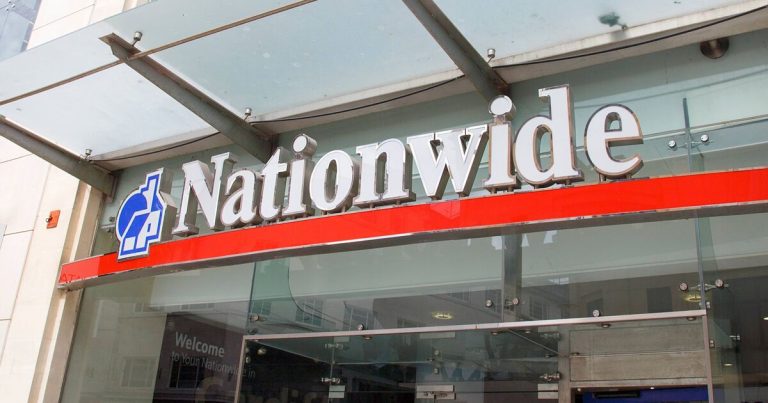
Millions of small investors and businessmen face another cut in the tax free amount they earn on dividends from April 6.
The latest cut means the total tax free amount people can earn each year from the dividends paid on shares has been slashed by 90 percent since 2017-18.
Investors were able to collect as much as £5,000 in dividends without paying tax as recently as 2017-18.
It came down to £2,000 between 2018-19 and 2022-23 before being cut again to £1,000 in 2023-24.
Chancellor Jeremy Hunt cut this again to just £500 from tomorrow for the new tax year.
The stealth tax hits both individuals and many owners of small firms who take income from their businesseses in the form of dividends.
Historically, many small business owners have paid themselves a relatively low salary which was then bolstered by big dividend payments.
This tactic has been used because tax rates charged on dividend receipts above the threshold are below those that apply to income paid as a salary.
The figure is 8.75 percent for basic rate taxpayers compared to 20 percent on a normal salary. It rises to 33.75 percent for higher rate taxpayers which is below the 40 percent charged on salaries.
The figure for additional rate taxpayers is 39.5 percent compared to 45 percent for those on the highest incomes.
Tax compliance expert Seb Maley of Qdos said: “The way these cuts have been structured means they’ve flown under the radar a little – so it’s important that people understand what impact the latest change is going to have on them.
“Ultimately, they’re allowed a maximum of £500 tax-free income from dividend payments, whether from their own limited company, or one they have an interest in. Anything over that will be subject to tax.
He added: “It’s a double whammy, as the rate of tax you pay on dividends is linked to your tax band. With inflation dragging people into higher tax brackets, there’s every chance they’ll end up paying even more tax on the dividends they receive.
“And that’s in addition to other tax hikes and freezes that have made it harder for the self-employed and small businesses in recent years.”








